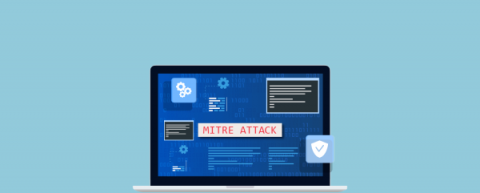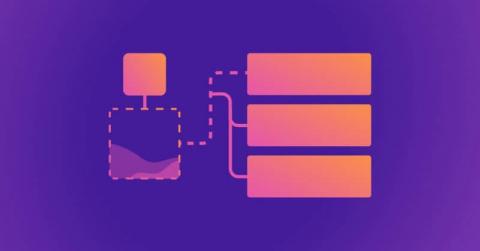How to Use MITRE ATT&CK to Mitigate API & Other Attacks?
With a threat landscape expanding at an accelerated pace, it is next to impossible for any organization to even keep track of and monitor the volume, frequency, complexity, and breadth of the attack techniques and tactics out there. But to effectively tackle threats and protect mission-critical assets, the knowledge of these common attack techniques, tactics, detection, and mitigation is critical. This is where MITRE ATT&CK is especially useful.









